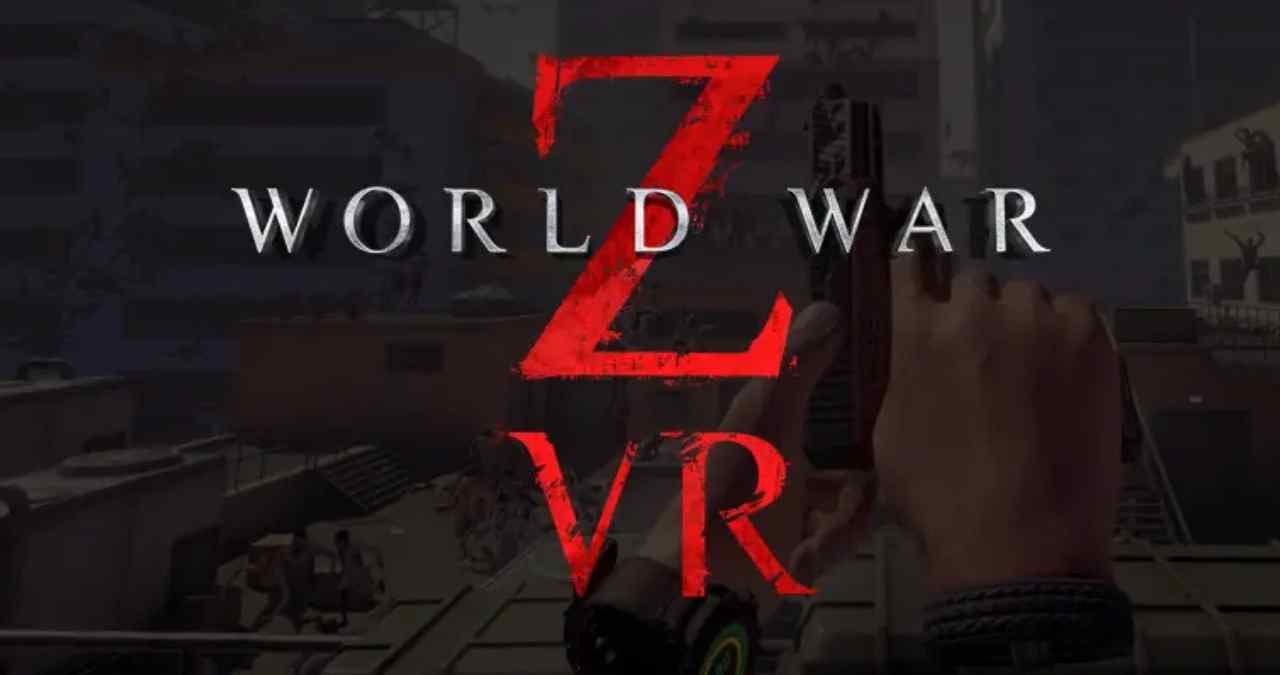The undead are coming back, but this time they’re right in your face. World War Z VR takes the familiar flood of fast-moving zombies from the franchise and pulls it into a first-person perspective fully immersive, fully up close, and a very different kind of experience.
Rather than replicate the massive-scale co-op shooter that defined the original title, the VR version narrows the scope. It trades large teams and sweeping action for smaller encounters, tighter pacing, and a sense of personal panic that only works in virtual reality.
Solo-focused design with bite-sized missions
One of the biggest shifts is the structure. Instead of leaning into multiplayer co-op, World War Z VR is built as a single-player experience. You control one of four characters, dropped into short mission-based scenarios that feel more like tactical runs than all-out survival battles.
Each mission includes a limited set of objectives defend a point, secure a crate, reach extraction. It’s linear and heavily guided, but that works in the context of VR. You’re rarely overwhelmed by choices, but you’re often overwhelmed by the sense that the situation could turn bad fast.
This format favors short play sessions and avoids the fatigue that often creeps into longer VR games. It’s designed around moments of tension, not just the spectacle of big zombie hordes.
Gunplay built for movement and physicality
Combat is fully motion-based. You’re manually aiming, reloading, switching weapons, and interacting with physical environments. That means tension comes not just from what’s on screen, but from what you’re doing with your hands and body.
Weapon handling is straightforward. No over-complicated systems, but enough weight and feedback to make each shot feel deliberate. You can carry two primary weapons and a sidearm, switching on the fly. Reloading is gesture-based, and melee attacks are blunt and close.
The zombies don’t always come in massive waves, but when they do, the threat feels personal. You’re not watching chaos from behind cover. You’re part of it, and when the ammo runs out, it’s your physical movement that keeps you alive.
Visual presentation and VR performance
Visually, World War Z VR isn’t chasing photorealism. It’s cleaner and more stylized than the mainline game, likely to help maintain stable performance in standalone headsets like Meta Quest.
The levels are designed with funnel points, tight corridors, and kill zones that encourage you to use space and positioning wisely. Lighting and sound do most of the heavy lifting for atmosphere. You don’t need hundreds of zombies on screen when shadows and distant growls can trigger the same dread.
Still, the horde moments are here, just dialed back. The game knows it can’t replicate the same scale as the original, so it leans on pacing and surprise rather than raw numbers.
Not a direct port, but a reinterpretation
This isn’t just World War Z ported to VR. It’s more like a spin-off, adapted specifically for the limitations and strengths of virtual reality. No co-op, no huge maps, no weapon loadout min-maxing.
What you get instead is a focused survival experience that plays to immersion. Every reload counts, every hallway could be a trap, and every mission is compact enough to finish in one sitting.
It may not replace the traditional shooter for fans of the original, but it’s carving out a space for something different—something that puts you directly in the middle of the outbreak, not just behind a gun with teammates.
Virtual Reality Explorer & Game Reviewer
Always the first to plug in. VRSCOUT dives head-first into the most immersive VR worlds, analyzing mechanics, comfort, innovation, and that elusive “presence” factor. If he says it’s worth it, it probably is.




